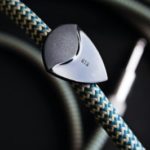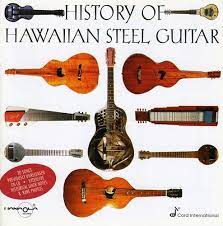
HAWAIIAN LAP STEEL GUITAR
At the turn of the century, the lilting sound of the Hawaiian steel guitar captivated Americans fascinated with the tropical islands that were newly annexed by the U.S. As Hawaiian steel guitarists started touring the U.S. mainland and the ukelele and steel guitar were introduced to the public at expositions, Hawaiian steel guitar music grew wildly popular. In 1916, 78 rpm records featuring an indigenous Hawaiian instrument outsold every other genre of music in the United States.
According to legend, the slide guitar style began in Hawaii around 1887-89. A boy named Joseph Kekuku was walking down a road or some say an old railway track, playing his guitar. During his walk, he picked up a metal bolt and started sliding it on the strings. Fascinated by the sound, he practiced and perfected his new technique, until he felt he was ready to be perform in front of an audience. In the years that followed the new sound and approach proved to be a great success.
While the exact details of Kekuku’s invention process are lost to history, the final product he created is not. As a student, Kekuku modified a guitar to raise the strings higher off the fretboard and created a smooth metal cylinder to run over it as he played.
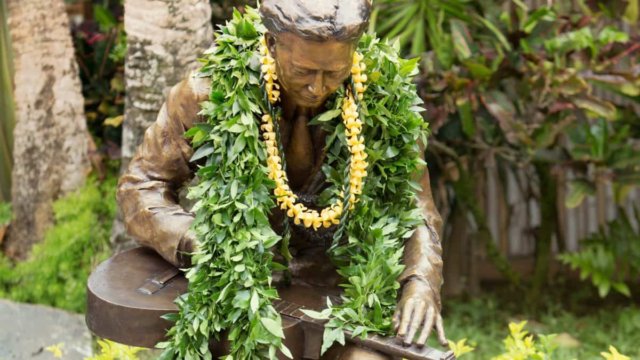
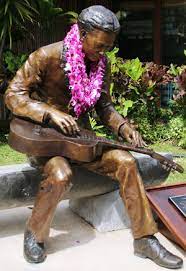
The Hawaiian guitar is also known as ‘steel guitar’, or ‘lap steel’, the ‘steel’ is referring to the solid steel slide bar used when playing. A lap position is adopted when playing the instrument and over the years since it first appeared, there have been many types of variations and modifications from double neck versions to hollow necks to pedal assisted, all very much part of the mainstream now and adopted in many forms of popular music.
Before its soft, lilting sound became inseparable from music in the American South, the steel guitar captivated listeners in Hawaii, who were living through one of the most tumultuous chapters in the islands’ history.
Hawaiian guitar bands grew in popularity in America particularly around 1915 when the San Francisco Panama – Pacific trade fair had musicians from Hawaii playing on the Hawaiian stand to promote tourism. From then, it eventually became famous the world over.
The Hawaiian kingdom came into contact with westerners in the 18th-century when British explorer James Cook first sailed there. Cook’s arrival marked the beginning of North American and European interest in the Hawaiian islands as an ideal mid-Pacific stop for ships sailing between the U.S. and Asia. In the decades that followed, Hawai‘i would be radically transformed by colonization, missionaries and global trade.
Shortly after the emergence of Hawaiian guitar in America the slide guitar associated with the blues also appeared. The famous blues man W.C. Handy, documents hearing a guitarist around 1907 sliding a knife across the strings to great effect. Blues slide guitar may have evolved concurrently with Hawaiian guitar at this time, as a one stringed instrument known as the diddly bow of West African origin was also played with a slide. The diddly bow was mainly played and popularised in the rural South, and considered a forerunner to the blues slide guitar we know of today. The technique of placing a hollow slide on the finger so a conventional guitar could be used, quickly gained in popularity. The slides themselves also featured all manner of materials from hollowed out bones to the necks of bottles hence the term bottleneck guitar, each material giving distinctively different sounds. These type of slides can fit over the finger and are not solid thus allowing the guitar to be played in an upright position as opposed to the lap position. This of course facilitates the different playing styles in the ever evolving world of slide guitar.
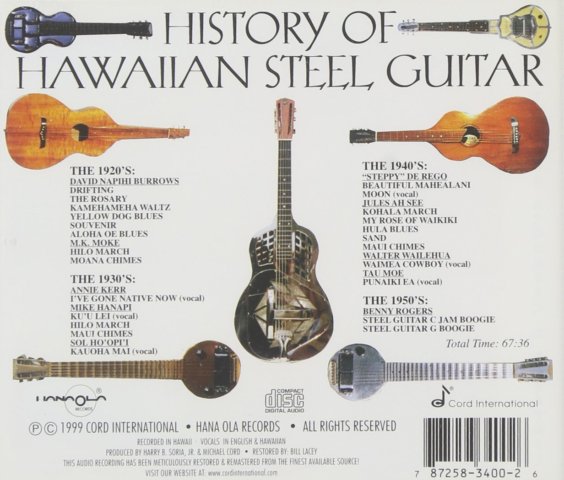
As the popularity of Hawaiian and blues guitar started to spread, the cross pollination of different types of music started to take form, blues and gospel music of African American origins started to cross pollinate with rural American folk forms of European origins namely Irish, English and French music. This in turn led to the formation of different types of country music, which of course heavily features different types of slide guitar from pedal steel to lap steel to resonator guitars etc, creating a whole industry of slide specific guitar types. Amplification had also appeared as far back as the 1930s as electric instruments were starting to take hold. Slide guitar by this time had found its way into many popular forms of music from, Big Band to Western swing, Country & Western , Bluegrass, Folk, the list goes on. It is worth checking out a few players from around this period, musicians like Alvino Rey who played in a big band setting and conjured all manner of sounds and techniques from his steel guitar ,even on occasion making it literally talk, by using early vocoder technology.
This cross pollination of different styles and techniques however does not stop here, the slide guitar has travelled and evolved in many diverse locations and regions including Burma and India. In Burma for instance the Hawaiian guitar was added as a result of a developing film industry in around 1943. Burmese slide guitar is tuned like a violin with variations like one of the unison strings dropped a quarter of a tone to achieve authentic Burmese intonation. This gives Burmese slide its own identity, together with the music itself, that can have abrupt shifts in rhythm and melody with vivid contrasts of texture and unpredictable sudden outbursts. On first hearing to western ears, it can sound chaotic, almost like a backing band for a great Captain Beefheart record. All good for the continuing evolution and diversity of the slide guitar.
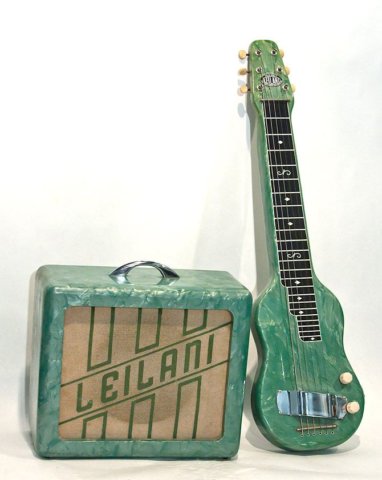

On January 17, 1893, one of the most dramatic events in Hawaiian history took place—a militia of mostly American men demanded that Queen Lili‘uokalani step down as monarch. The ouster followed decades of colonization of the islands and efforts to concentrate more wealth and power into the hands of wealthy American businessmen.
But foreigners who were covertly lobbying for Hawai‘i’s annexation made efforts to prevent that from happening. As native Hawaiian power was curtailed, key parts of Hawaiian culture were also banned—the Hawaiian language, surfing, hula—all with varying degrees of success. Amid the political turmoil, many natives resisted the changes by holding onto their culture. Queen Lili‘uokalani herself was a prolific composer of Hawaiian songs, which were later performed for large audiences.
As Hawai‘i saw a regime change at the turn of the 20th century, native Hawaiians began fleeing the islands. A number of the people in this diaspora were singers, dancers and musicians.
“They knew that by traveling they could continue to perform their traditions that were being prohibited in the islands,” said John Troutman, music historian and curator of the Smithsonian’s National Museum of American History. He added that many Hawaiians were fearful of what their fates would be under an American government. “Many of them interestingly had actually heard stories about Native Americans and how they were being incarcerated on reservations at the time. And they absolutely saw the potential connection of how they’d be treated as indigenous people of the United States politic.”
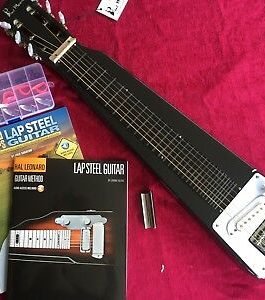
In 1904, Kekuku left the islands and traveled up and down the American West Coast, where he found a receptive audience. After he settled in Seattle, a newspaper called him “the world’s greatest guitar soloist.”
Kekuku not only played in venues nationally (and later internationally) but even offered steel guitar lessons. A Broadway play set in Hawai‘i called The Bird of Paradise toured the country for nine years. In 1915, the San Francisco World’s Fair opened, drawing 19 million people, and featuring the popular “Hawai‘i Pavilion,” where visitors could hear the steel guitar, and where the islands’ government could attract tourists.
The steel guitar’s impact went beyond the Pacific and the West coast—Hawaiian musicians drew crowds as they traveled the country, including the segregated South. Native Hawaiians barred from staying at whites-only hotels found lodging in boarding homes with African-American, native and immigrant performers, and it was in these spaces where Hawaiian musical traditions crossed paths with others.
“After their performances, they would all end up in boarding homes,” Troutman says. “This included mariachis, Chinese acrobats and all of these other performers, hanging out, playing music and having really good times together. They were kind of making the most of those conditions and learning from each other.”
Another important location of course is India where the slide guitar was introduced by an important figure called Tau Moe. Tau Moe was a Samoan raised in Laie Hawaii, he toured extensively in Asia and indeed all over the world with his particular brand of Hawaiian and Samoan music, this included both dancing and native ritual music. He created a lasting impression, particularly in India where he lived during the war years. He cut his final record with the late great Bob Brozman in 1988 and passed away in 2004 aged 95 .
After the war years there was a time of very productive cultural exchange and immigration and the blues had infiltrated many forms of popular music including Rock ‘n’ Roll and Jazz. The postwar freedom enjoyed in the 1960s lead to a revolution of exchange, travel and communication, all good news for the further development of musical ideas.
For Troutman, Hawaiian performers are the unsung heroes of Southern music, especially country and blues, which is a surprising idea given that native Hawaiian influence is rarely cited in Southern music history.
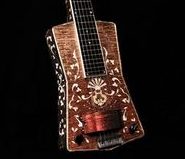
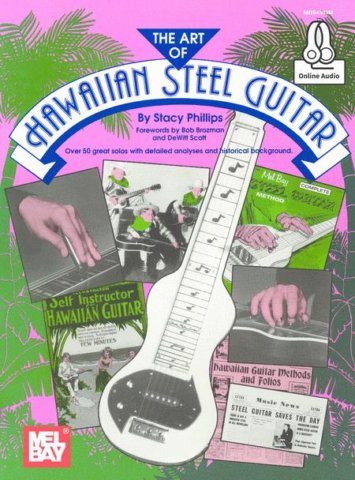
From the beginning of the last century to the present day slide guitar continues to evolve and integrate in many forms of music and styles and it is important to check out all the great slide players from the past to the present day, guitarists like Derek Trucks and Rick Vito who combine West and East in their playing together with Sonny Landreth for Cajun influences or Dave Tronzo for experimental approaches, and don’t forget there is also a wealth of innovative equipment and slide gadgets out there.
Guitar & Gear Articles









